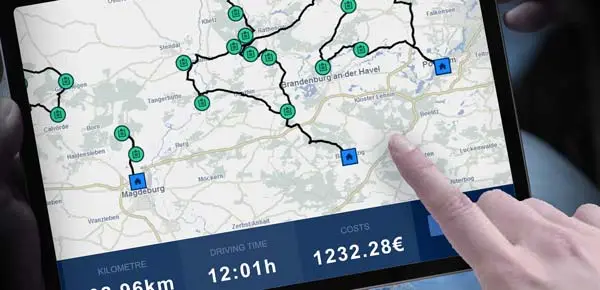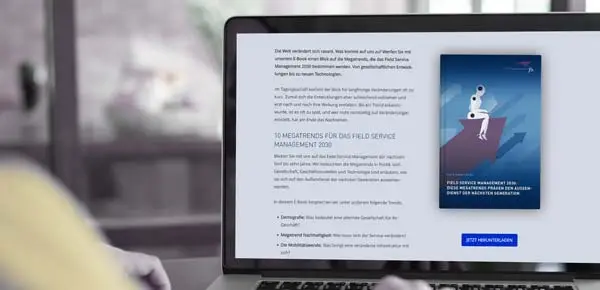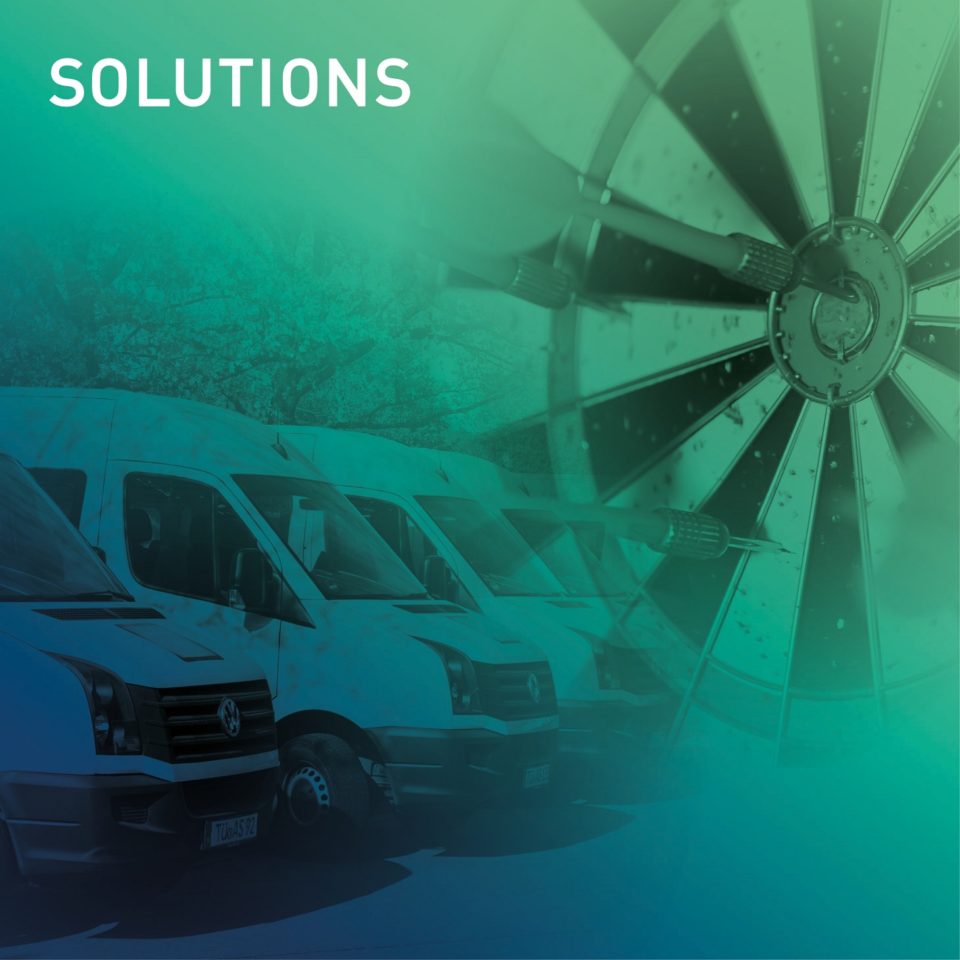
BLOG / SOLUTIONS · FINAL MILE SOFTWARE
HOW TO REDUCE OUTSOURCING RISKS WITH FINAL MILE SOFTWARE
29 September 2021 · James Alex Waldron
Outsourcing technical field service work comes with its own risk. From a break-down in communication, to poor overview of third-party quality and efficiency, all can eventually result in damage to the bottom line that's not immediately obvious. In this post we'll investigate arguments on both sides of outsourcing practices, and the features that final mile software (often misrepresented as a 'delivery only' solution) offers technical field service departments—to mirror the benefits that make outsourcing attractive.
RISK 1
EASILY CONTROL AND MONITOR FIELD SERVICE OPERATIONS
Often seen as a shortcut to cost control, technical service organisations have the option to award reactive maintenance agreements to third parties. This is perceived to eliminate problems with field scheduling and appointment booking flexibility when work orders appear out-of-hours, or worse, when SLAs cannot be met. Suppliers have made promises, your field service dispatch team is depending on their capacity, and they end up in discussions concerning scope, budgets, and administration of chargebacks. Headcount amongst planners is not reduced, time is wasted coordinating tickets and follow-up visits, and managing arrangements creates tension in the contracts department.Both parties can mitigate risk and promote transparency with final mile software. Without a scheduling platform to consider both in-house and subcontracted scope, skills, and geolocation, works orders may be postponed, hours are wasted travelling, and tools and spare parts are left behind. Therefore, extending the same final mile mobile app to subcontracted technicians places these resources directly into your planning. This adds dynamic possibilities such as live availability and AI-powered route planning for the best end-customer outcome. Data is tracked and managed in the platform for paperless writing and reporting back into your CRM and ERP. Pressures are removed from the lead organisation and the outsourced contractor.
RISK 2
SERVICE AND QUALITY TO YOUR STANDARD
With a scheduling and appointment planning platform now providing fresh access to a wider skillset, and final mile tools delivering a live ability to scale on-demand, organisations know that simply ‘being available’ is not enough when risk managing an outsourced field contract. Without final mile software to power field management, customer service teams are in danger of receiving complaints well after an appointment window has passed–and have little means to investigate quality and standards. When outsourced engineer/technician training is not ‘owned’ by the instructing organisation, the reliance on end-customer surveys to highlight technical deficiencies is too great. On average, only around 30% of customers respond. Mismatches make their way to public forums and review sites, and remedial costs escalate.Final mile software places service and quality automation into the hands of outsourced contractors. Before they arrive, their ‘always-on’ final mile app provides efficient and relevant customer data, including notes of previous works, that may be scaled to match privacy rules. The subcontractor knows where they are driving, using a route automatically configured for the best outcome, and the customer is notified well in advance of their arrival. This level of detail means the given appointment slot is more realistic (no waiting in a six-hour window). Organisations may set tasks in the app, such as a requirement to upload a photo of the subcontracted engineer/technician in the correct uniform or PPE.
Time worked is logged and along with any photos of completed work, the customer may digitally sign to show their satisfaction with the visit. This is especially relevant in regulated industries. Data is tracked immediately, with a live head-office view–and issues of field service quality are dealt with before they spiral into confusion. (The owner organisation may still send a customer survey via a self-serve portal or SMS).
COMMITMENT TO YOUR CAUSE
Once assured of centralised control, monitoring, and standards, the hiring business can turn their attention to organisational culture. Outsourcing and subcontracting means you are extending your brand’s reach. You have a customer promise, whether it’s a high first-time-fix rate, 24/7x365 service, cost, or even CO2 reduction with the use of electric vehicles and fewer miles driven.With final mile software, your scheduling teams define parameters according to your business objectives. Therefore, integrating your new third-party resources into your final mile software platform via a native app provides access to scenario modelling, and the ability to present data when negotiating contracts. By adopting FLS VISITOUR, field service businesses develop and refine their own KPIs and restrictions. They quickly gain an understanding of RoI, service times, use of depot and warehouse space, fleet requirements, and whether they should seasonally or permanently outsource in the first place. Users frequently report that their engineers/technicians achieve more appointments in their working day, travel less, and achieve a higher first-time-fix rate.
PROMOTE LEAN PROCESSES AND REDUCE OUTSOURCING RISKS WITH FINAL MILE SOFTWARE
To gain an understanding of tools to optimise the field experience and manage risk for your workforce and customers book a short discussion or contact us at info@fastleansmart.com.Read more:
Route planning SaaS: Your competitive advantage
Cost control: Reactive maintenance with Field Service Management software
Field force security with Field Service Safety software

JAMES ALEX WALDRON
UK Marketing Manager
+44(0) 1183 800189
Send email
James Alex Waldron has worked in written communications for over 10 years. Since 2021, he has written for FLS and the Solvares Group on the topics of digital field service transformation and mobile workforce management, and regularly provides insight to the industry press.





